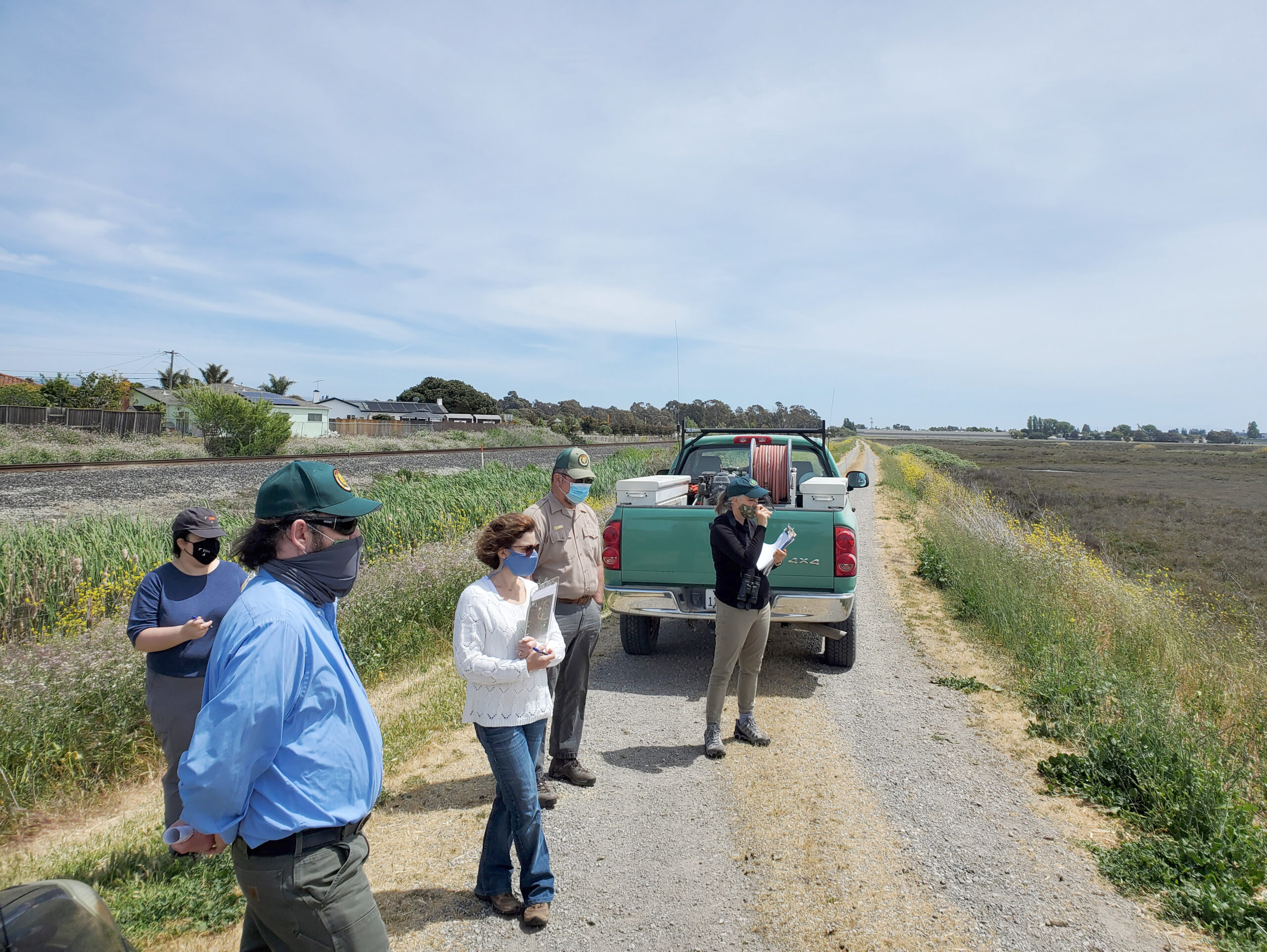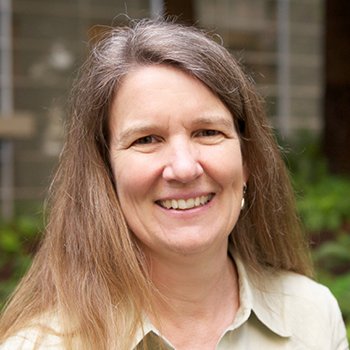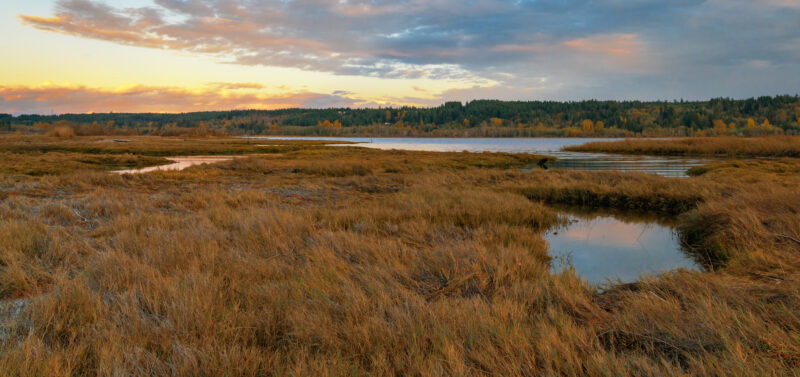The four proposed rules could amount to a substantial weakening of one of the United...

First Mile Horizontal Levee
The First Mile Horizontal Levee Project, building on the successful principles of the Oro Loma Horizontal Levee pilot project and aligned with the Hayward Shoreline Adaptation Master Plan, aims to enhance coastal flood protection through a sustainable, nature-based levee design that improves resilience to sea level rise impacts, supports vital marsh habitats, and provides opportunities for ecologically beneficial reuse of treated wastewater.
Why does this project matter?
First Mile will be the first project to apply the nature-based approach for wastewater discharge to benefit bay shore habitats developed at Oro Loma to a full-scale project designed to safeguard communities from rising sea levels while simultaneously preserving and improving local ecosystems, creating a model for multi-benefit infrastructure projects that addresses both environmental and social needs.
What is ESA doing to help?
ESA is leading the development of a 30% design and permitting strategy for this full-scale horizontal levee, which encompasses approximately one mile of shoreline at the Oro Loma Marsh. Project partners include the East Bay Regional Park District, which owns and manages Oro Loma Marsh, and the San Francisco Estuary Partnership (SFEP). The First Mile Horizontal Levee project is supported by SFEP’s Transforming Shorelines Project, which seeks to advance multi-benefit nature-based solutions to sea level rise adaptation and treated wastewater management, and fits within the broader regional strategy articulated in the Shoreline Master Plan prepared by the Hayward Area Shoreline Protection Agency. The First Mile horizontal levee design uses natural processes to provide resilience to sea level rise through reduction of wave run-up and production of organic peat soils by brackish marsh vegetation, while enhancing habitat by creating a variable brackish transition zone (ecotone) supported by perennial freshwater seepage from the toe of the horizontal levee.
While the project proposes an exciting approach to multi-benefit flood protection and ecologically beneficial wastewater reuse, this innovative project needs to navigate numerous regulatory and planning challenges. ESA is helping EBDA and partner agencies evaluate opportunities and tradeoffs associated with the multi-benefit horizontal levee approach in the context of larger regional sea-level rise adaptation planning efforts. ESA is also leading coordination with regulatory agencies to understand and address concerns associated with potential impacts to protect species and jurisdictional habitats.
Connect with our team
Details
Location San Lorenzo and Hayward, California
Market Water
Services
Biological Resources
Sea Level Rise and Coastal Hazards
Environmental Compliance
Agency Consultation & Coordination
Permitting Assistance
California Environmental Quality Act (CEQA)
Flood & Stormwater Management
Coastal Zone Engineering & Management
Hydrology, Hydraulics & Geomorphology
Coastal Restoration
Wetland Restoration
Design
Wastewater
Water Quality

East Bay Dischargers Authority led a site tour during the early stages of design development.
News & Ideas
If finalized, the Waters of the United States Proposed Rule would reduce the geographic extent...
ESA’s federal strategy and NEPA experts have been staying abreast of the shifts in federal...
As we kick off 2026, our federal policy and permitting experts are hitting the road...
The following speech was delivered on November 7, 2025, in Salt Lake City, at The...
The commercial drone package delivery sector is growing rapidly, with multiple operators looking to gain...






